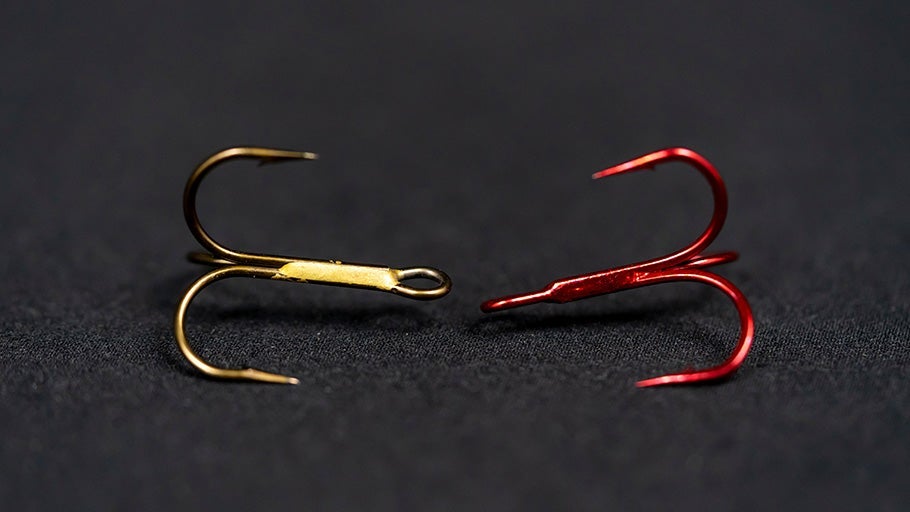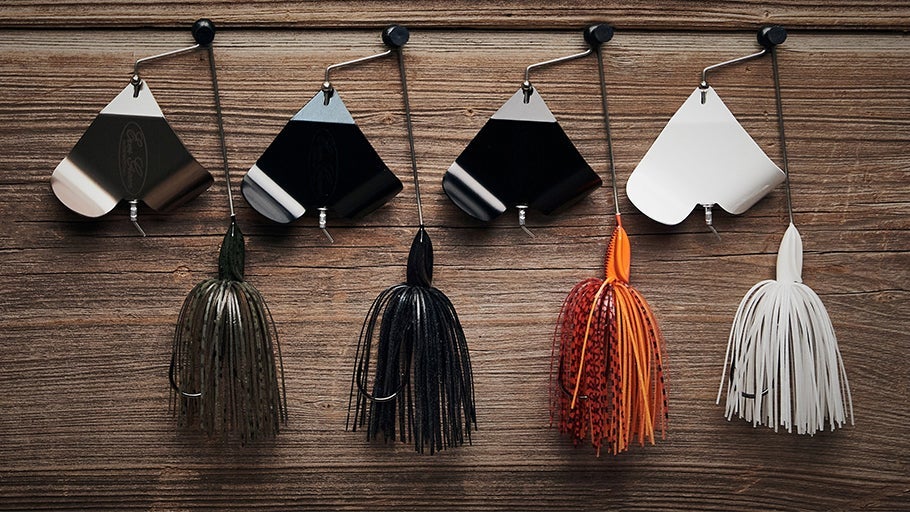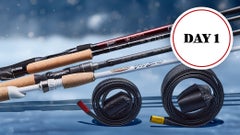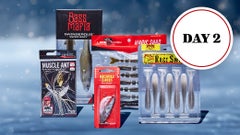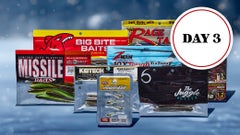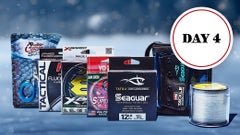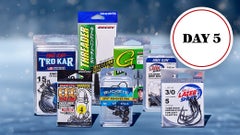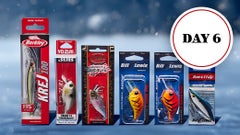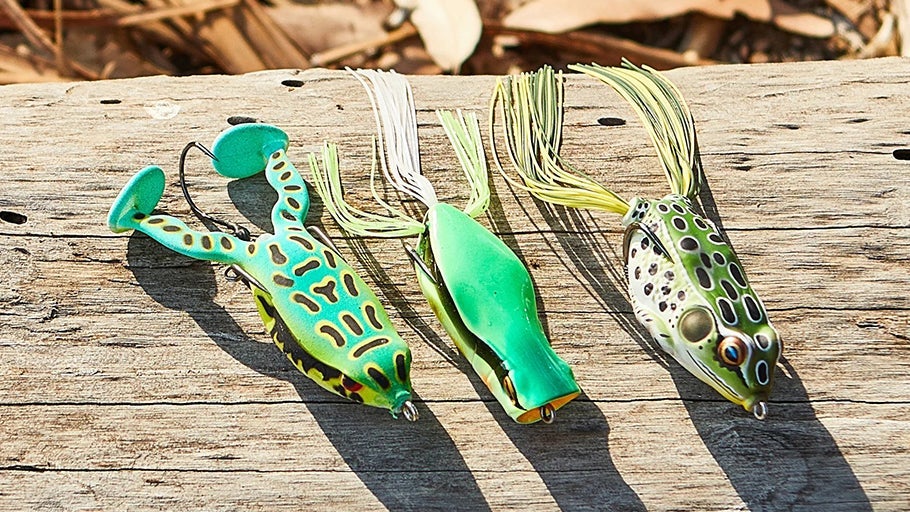
How-To Walk a Topwater
One of the most exciting and explosive techniques in bass fishing, walking a topwater plug entices big bass to strike with unwavering aggression and is a popular pattern to help you cover water efficiently in search of a big bite. Many lakes across the country holding forage such as shad, hitch, bluegill, and herring often see a surge of these smaller baitfish swarming the shallows around the spring and fall months for various reasons.
Imitating all of these baitfish and then some, topwater walking baits are known for producing around these seasons and throughout the summer when bass are up shallow spawning and feeding on anything that swims. In this How-To we’ll explore how to “walk-the-dog” with topwater walking baits, a technique known for catching big fish looking for an easy meal.
What's Needed
Step One: Have the right gear
To effectively execute the walk-the-dog technique, choose a rod between 6’8” and 7’6” from your favorite manufacturer, with medium to medium-heavy power and a moderate to moderate-fast taper. The goal is to aim for a balance that combines increased castability, a soft tip section to avoid hooking issues, and a shorter handle type for optimal handling. The optimal reel is in the 150-200 size range for added spool capacity, with a high-speed 7.1 to 9.1 gear ratio for faster and more aggressive bait movement. Critical to success, spool up 30-50lb braided mainline with a 2-3 foot, 15-30lb monofilament leader to provide stretch for aggressive reaction bites, minimize tangles, and make for a smoother action.
For more information about selecting the right gear for your walking baits as well as modifications, be sure to check out our walking baits gear guide linked here.
Step Two: Make your cast
While ‘walking-the-dog' might seem straightforward, there's more to it than simply casting and rapidly twitching your rod tip. After making your cast, allow the water to displace and let the rings settle away from your bait for 3-6 seconds. This initial pause allows the bait to find its natural position and increases the chances of attracting nearby bass, sometimes enticing a strike before you even begin your retrieve.
Step Three: Impart action with the rod tip
To make the bait dance side-to-side, rhythmically twitch your rod with the tip pointed towards the water. Move your rod vertically between 12-18", closely watching your lure to see how it reacts, watching for the lure to pivot side-to-side, change directions, and spit water with each twitch of the rod tip. Pay close attention to how your bait reacts to different twitching cadences and adjust your technique accordingly to maximize its effectiveness and match the mood of the fish.
Step Four: Reel up the slack line created with each twitch
After each twitch, pick up the slack line by simultaneously turning the reel handle. This action keeps your line tight and allows you to maintain control over the lure. By consistently reeling up the slack, you can create erratic back-and-forth motion on the surface that accurately mimics the movements of fleeing baitfish.
Step Five: Create a steady cadence of this pattern
Once you've mastered the combination of twitching and reeling, it's time to create a steady cadence. This rhythmic action will help you cover water productively, giving yourself a higher chance of getting bites, especially when picking expansive areas on the lake holding cover.
Step Six: Experiment with your cadence to see what fish react better towards
Experiment with your retrieve to see what triggers better reactions from the fish. A faster, smaller twitch induces a tighter back-and-forth action, suitable for more active fish in warmer weather. Conversely, a slower, larger twitch creates a wider, more erratic action, perfect for enticing lethargic fish as water temperatures cool off.
Cast past the potential fish-holding spot, such as a bush or laydown, then work your bait into the strike zone. Slow down your retrieve upon reaching the target area, triggering attention from nearby fish. Take note of the cover the fish were most often related to and try replicate that situation on future casts.
Mastering the art of walking a topwater plug is a rewarding skill that can lead to explosive strikes and memorable fishing experiences. By understanding the nuances of each step in this technique, you can increase your chances of success and enjoy the thrill of topwater bass fishing throughout various seasons. Keep experimenting, observing, and adapting your approach to match the conditions and the preferences of the fish, and you'll find yourself consistently landing big bass using the walking-the-dog technique.
Related Content

